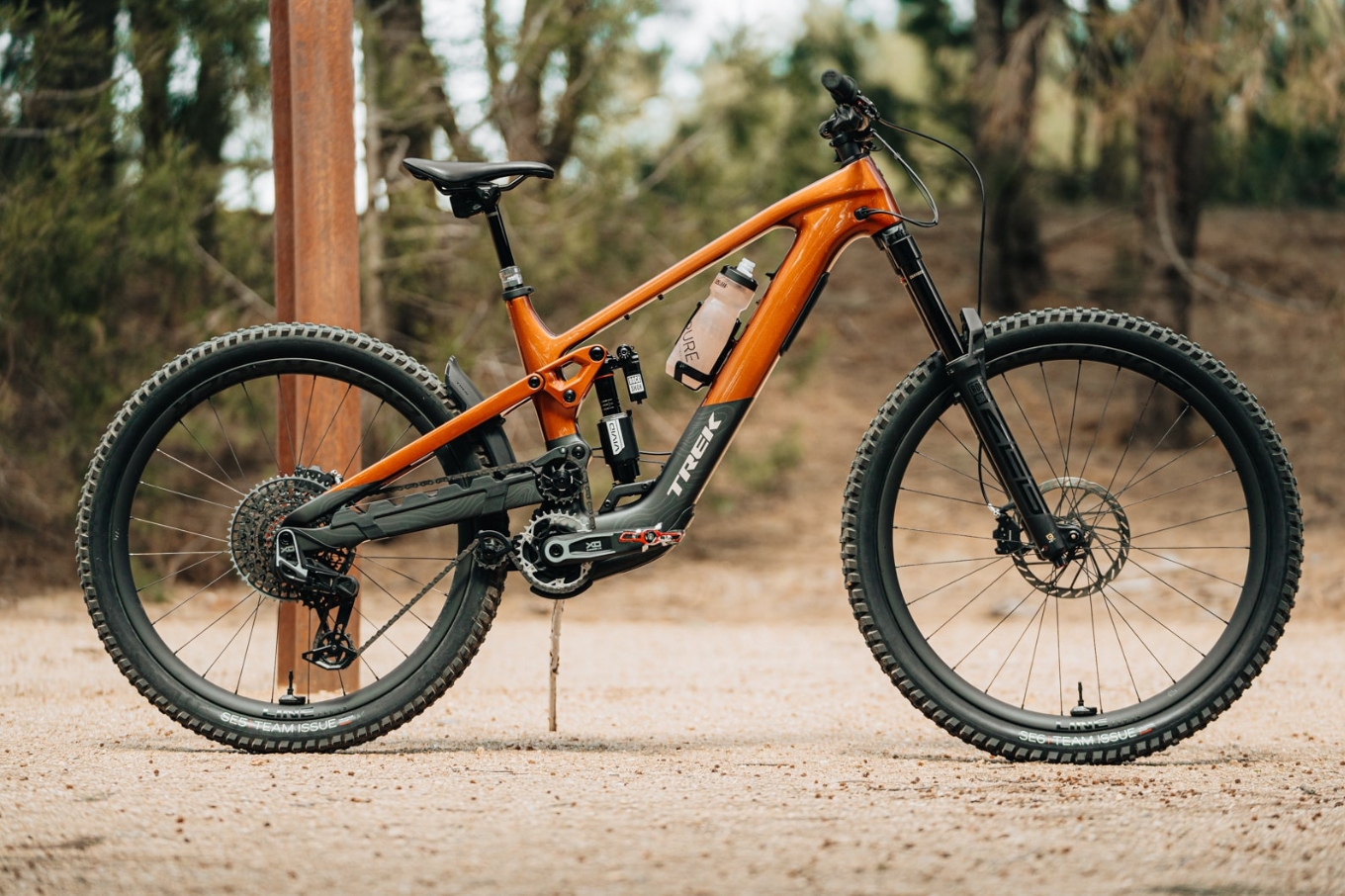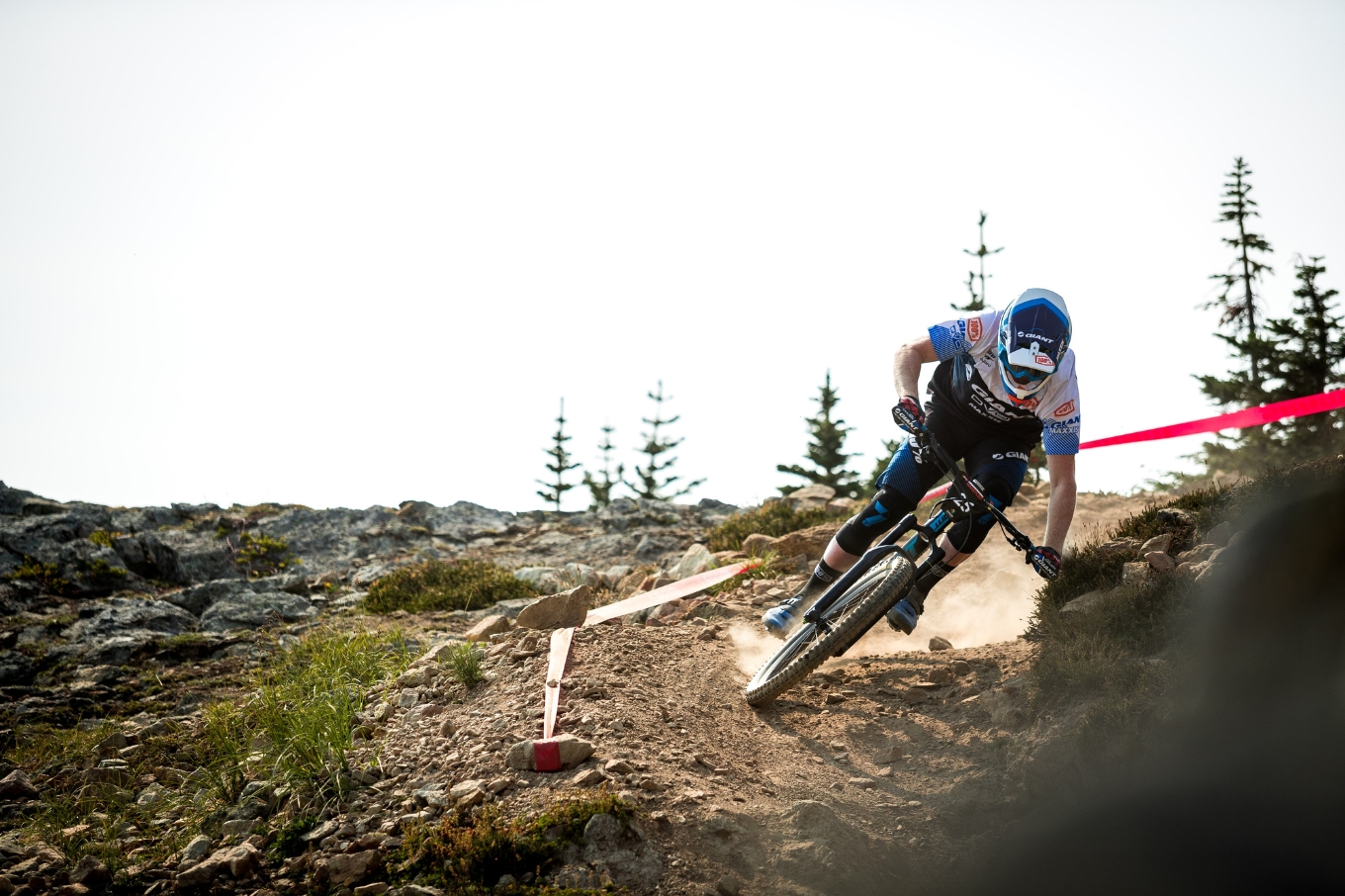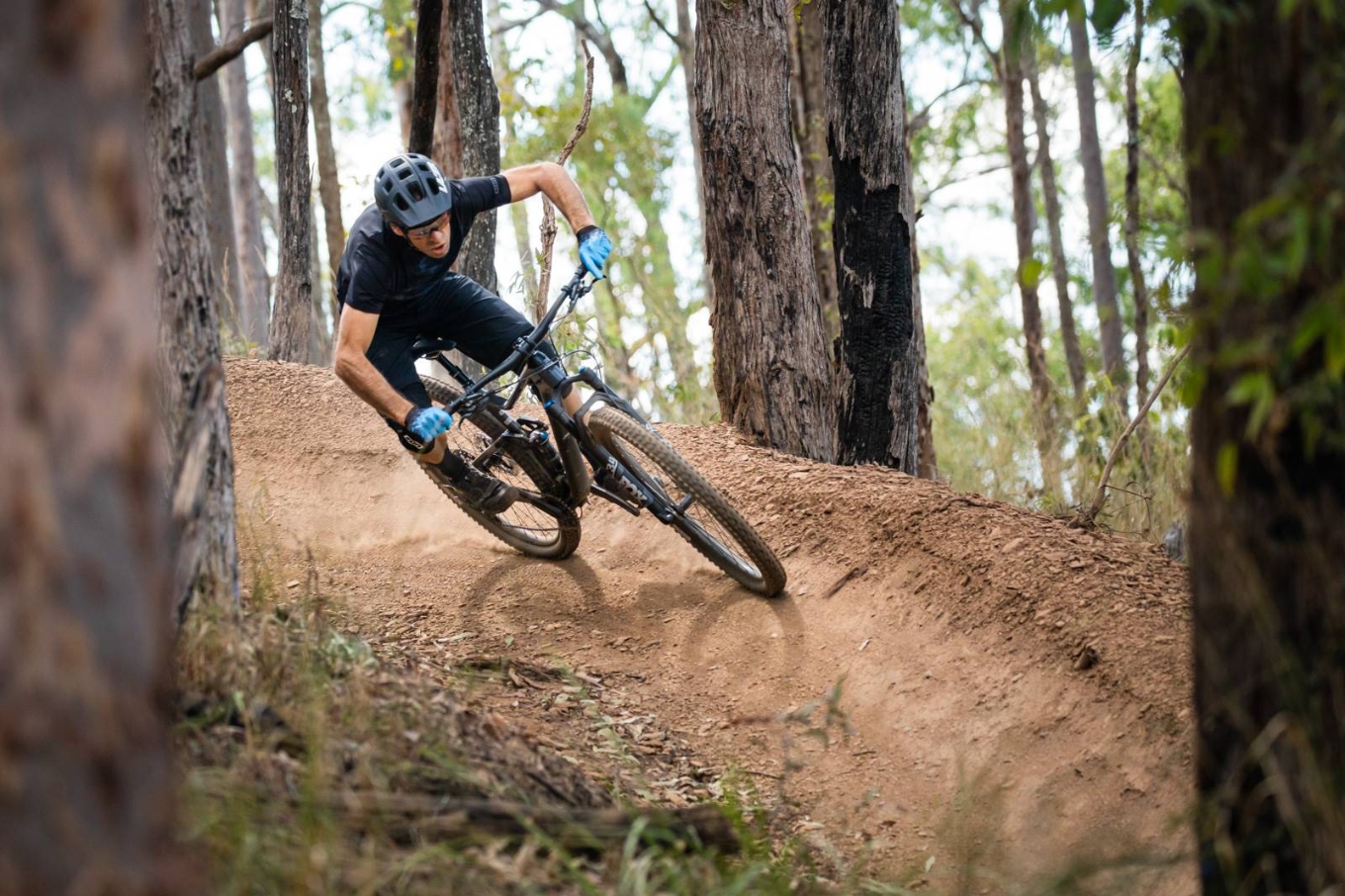Understanding insurance for mountain biking
Is your bike covered? What about during a race or if it's stolen during a coffee stop? Find out all there is to know about bike insurance here!
Words: Colin Levitch Photos: Mike Blewitt, Tim Bardsley-Smith
It’s not a case of if you’re going to crash, but when, and when it’s your turn, a burped tire, a momentary lapse in concentration or a particularly slippery root can leave you with a broken body, totalled bike and in the worst case a mountain of legal expenses.
But you’re prepared, you’ve got insurance from Mountain Bike Australia (MTBA) and maybe even third party bicycle insurance too. Your claim is ready, and there will soon be a cheque waiting for you in the mailbox, right?
Unfortunately, it’s not always that easy, and there are plenty of horror stories involving claims denied based on poorly worded technicalities and lack of communication from insurers once claims have been filed.
Equipment, injury and liability insurance is available in various forms through a range of third-party insurers, MTBA and maybe even your home and contents insurance. But which should you choose?
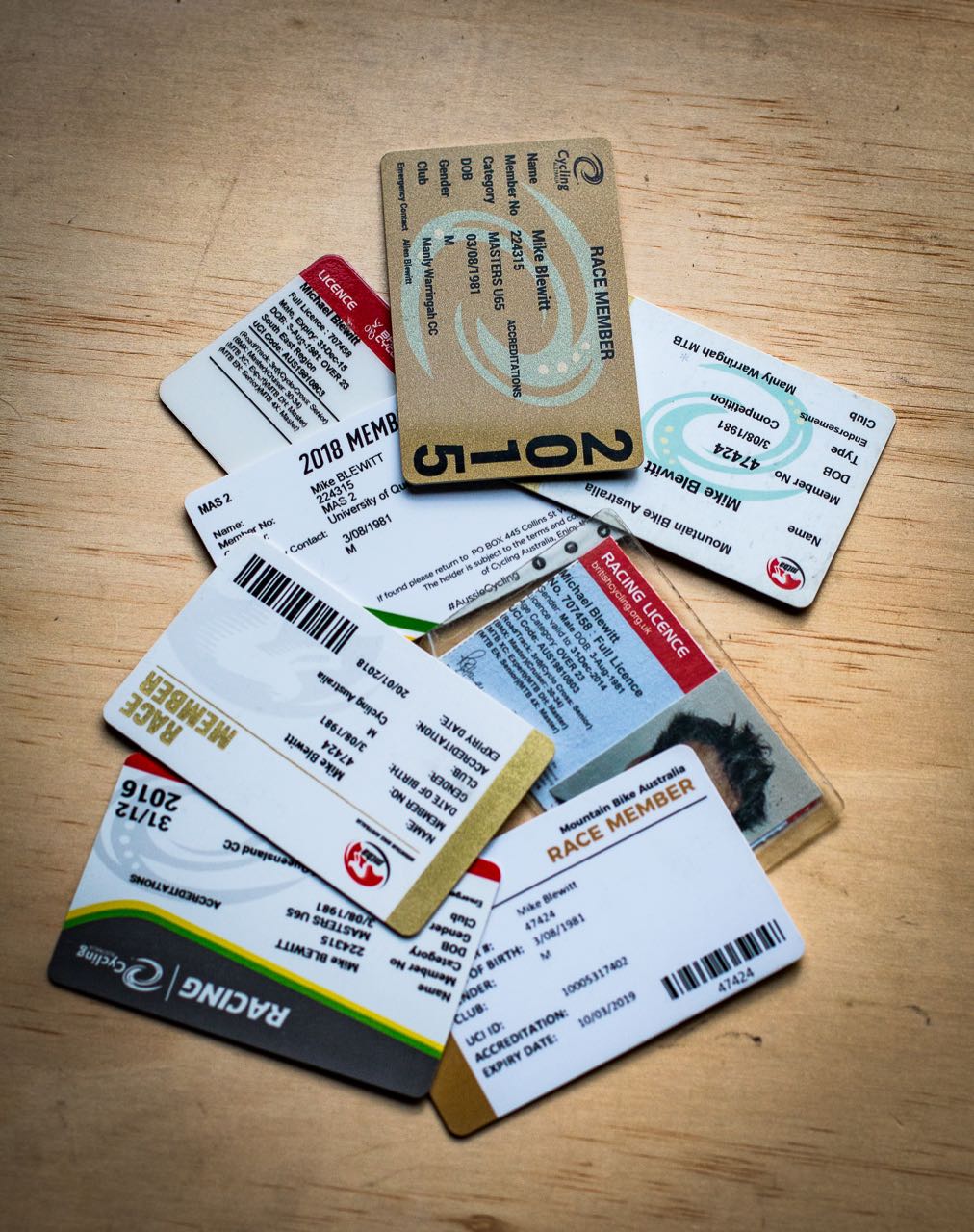
Mountain Bike Australia
To race in any event, whether it be cross country National Championships or a club enduro at your local trail network, you will be required to hold a valid MTBA membership or licence. The main reason being it protects you and the promoter should you clip a tree and hurt yourself during the event. But what does this actually cover?
Joshua-Kaleb Faulkner, a Member Services Officer from MTBA, explains that the policy provides a 24-hour Public Liability and Personal Accident cover for any recreational riding; mountain bike, road bike, commuting, BMX, unicycle, you name it. The caveat, however, is the coverage does not extend to racing in any other discipline, including multi-sport and adventure racing that may include a mountain bike segment.
The MTBA insurance also does not extend to gear for individuals or clubs and the extent of cover differs based on the level of your membership—for example, Free Trial Members don’t receive loss of income protection, while Race, Recreation or Value Add licences receive this and a higher level of benefits and compensation.
Are you covered by home and contents or renters insurance?
Quite often when the conversation goes to bike insurance, many will scoff at the idea of purchasing yet another insurance plan when your home and contents or renters insurance already covers your bike. No brainer, right?
When you dig into most home insurance PDS (Product Disclosure Statement) documents, this rings true. Your bike is in-fact covered, and some insurance companies will add coverage outside the home for no extra charge. But how much is your shiny new carbon fibre full-sus sled with 160mm of squish worth? North of $5,000? $6,000? Maybe even upwards of $10,000? What about those carbon wheels you like to ride on the weekend?
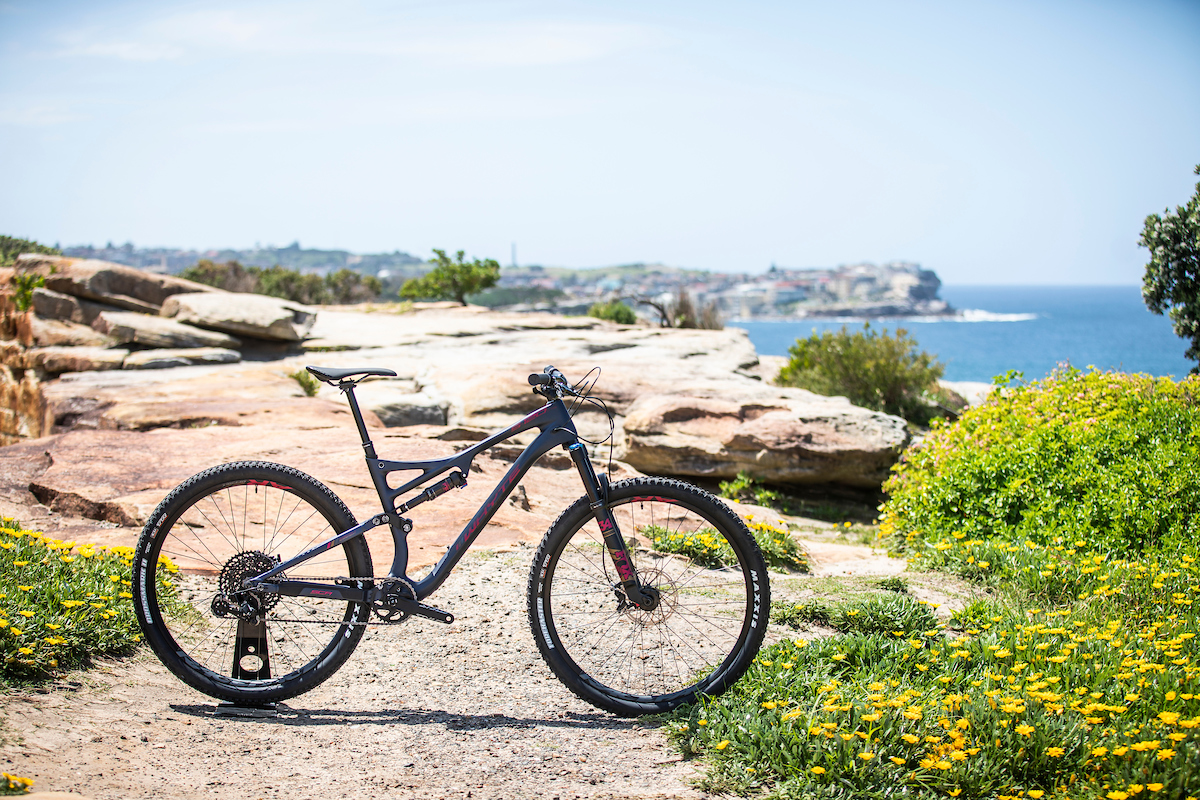
Deep in the appendix of most of the home and contents insurance plans that we were able to source a PDS, while the provider will cover your bike, they will only offer a small payout for your stolen or broken ride.
“We have a $1000 maximum limit for a bicycle that has not been specified on a policy. However, if you have a more expensive bicycle, it will need to be added as a Specified Portable Item to cover its full value. This will be taken into consideration when calculating the cost of insurance,” says James Spence, a spokesperson from AAMI.
Plans from other Suncorp Insurance brands like GIO and APIA, as well as those from QBE and Westpac, have a $1000 limit while NRMA home and contents will fork up to out $10000 if your claim is approved.
“AAMI works on a ‘new for old’ replacement basis, which means a customer should insure their item for what it would cost to replace with a new model. For bicycles over $1000, these will need to be listed as a Specified Portable Valuable item with a nominated cost to replace.“
On the surface, using your home insurance to cover your equipment sounds ideal, but hold on just a second before you call to update your policy.
In the AAMI, NRMA, QBE, Westpac and Budget Direct home and contents PDS and plans from there are specific exclusions regarding how you use your bike.
AAMI for example has specific exclusions stating you won’t be covered while racing and pacemaking, so we asked Faulkner for clarification on what they mean here.
“For our insurance policies a bicycle is considered being used for racing if taking part in or attending events including, but not limited to, organised road, off track, mountain biking or velodrome track cycling races,” he said.
“Pacemaking is the act of setting a pace for race competitors, and is therefore considered part of an organised race.” This is likely to be more relevant to disciplines on sealed surfaces and not off-road pursuits, but you get the idea.
Other home and contents insurance policies also have exclusions that rule out mountain bikes altogether. For example, QBE’s ‘Bicycle Cover optional benefit’ add on to its home insurance lists your bike as not insured during, “any off‐road riding including whilst on loose or severe terrain surfaces;” and “any riding on or over jumps, ramps or any other obstacles.”
Bike Insurance
Beyond the two above, there is a growing stable of bicycle specific policies, offering cover for your gear, personal liability, personal injury and even travel insurance.
Bike insurance plans are often tilted towards cover for damage and theft with separate policies offering cover or liability and accident cover or add ons. Damien Peel, a Technical Lead at Velosure breaks this split down to the fact one covers your bike, and the other covers you the rider.
Sophie Knott, an Account Broker from Insurance House, says, when looking for bike specific policies, it’s paramount to dig deep into the paperwork and not to make any assumptions about wordings or cover.
“A lot of bike insurance policies that have additional excesses or exclusions that are applied to particular claims, so racing claims, carbon fibre, and things like that. Make sure you ask a lot of questions and make sure that it covers everything that you want it to cover and look at excesses as well.”
“My bike was stolen at the end of a race in Germany, right from the finish line as I went to grab some lunch. I was metres away but I didn’t have my bike securely locked. It was a painful lesson to learn, sometimes the best insurance is as simple as a good bike lock and common sense. I was able to borrow a bike from a friend who lived nearby for the following four weeks, and a pretty comprehensive travel insurance policy covered my bike when I returned home. Being able to borrow a bike was really good luck, although I would rather have never had it stolen in the first place.
Mike Blewitt, AMB Editor
Peel notes that Velosure’s along with most bike insurance policies are tailored for recreational riders, and there are exclusions for professional, sponsored riders, or those who use their bikes for any business purpose like bike messengers or delivery riders. If you’re a bike messenger, you’re probably going to need business insurance; however, there are policies available for sponsored and pro riders.
“We actually have a few clients who do ‘sponsored rides,’ so the bike is not owned by the client, but they need cover for it during the race. It is something we come across a fair bit, but they still need the cover,” Knott said.
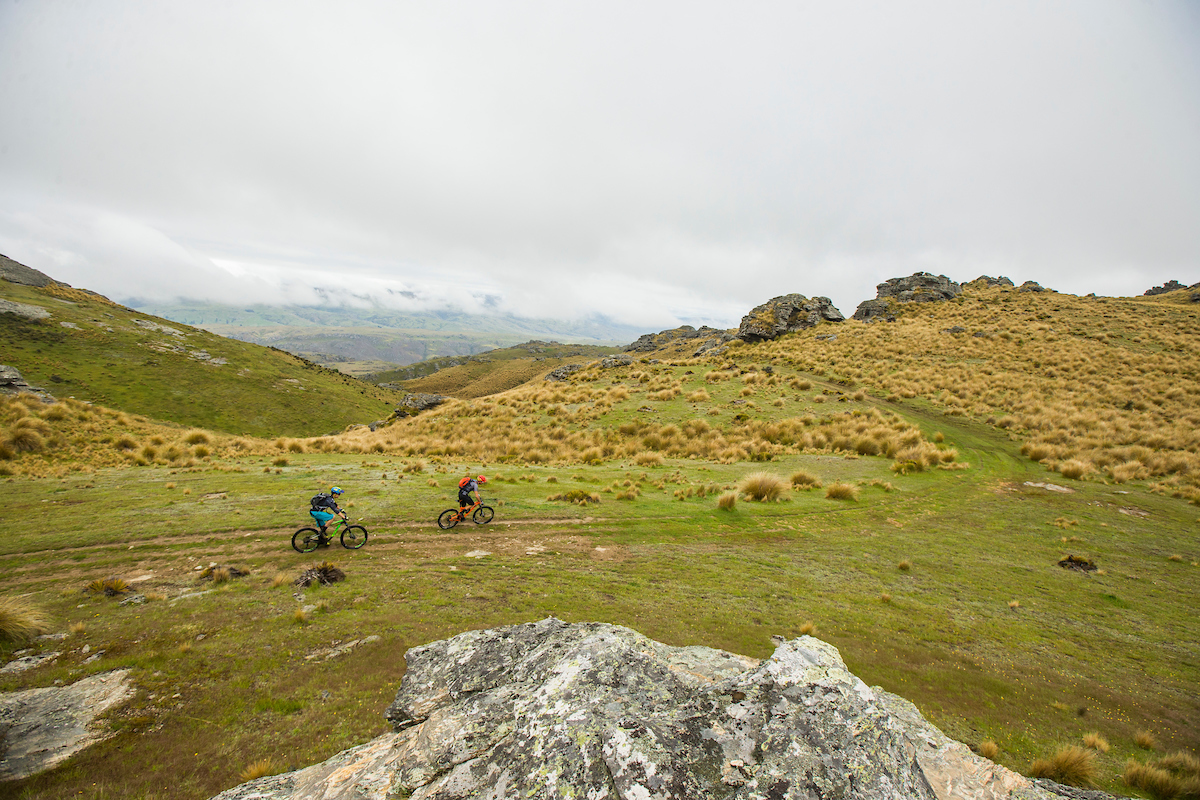
Scrutinise your PDS
Unfortunately dealing with insurance companies isn’t always easy, and to make matters worse, the policy wording can seem like it’s written in Ancient Sumerian rather than plain English.
As we’ve pointed out before every policy offers different cover and most importantly various exclusions, however, there are a few common ones across most plans.
Both Knott and Peel pointed us towards the section about locks, most importantly the approved locks list. Even if your bike is secured, and a thief manages to steal it, if you’re not using an approved lock, you may not be covered. Peel noted that combination or plastic coated wire locks won’t be included.
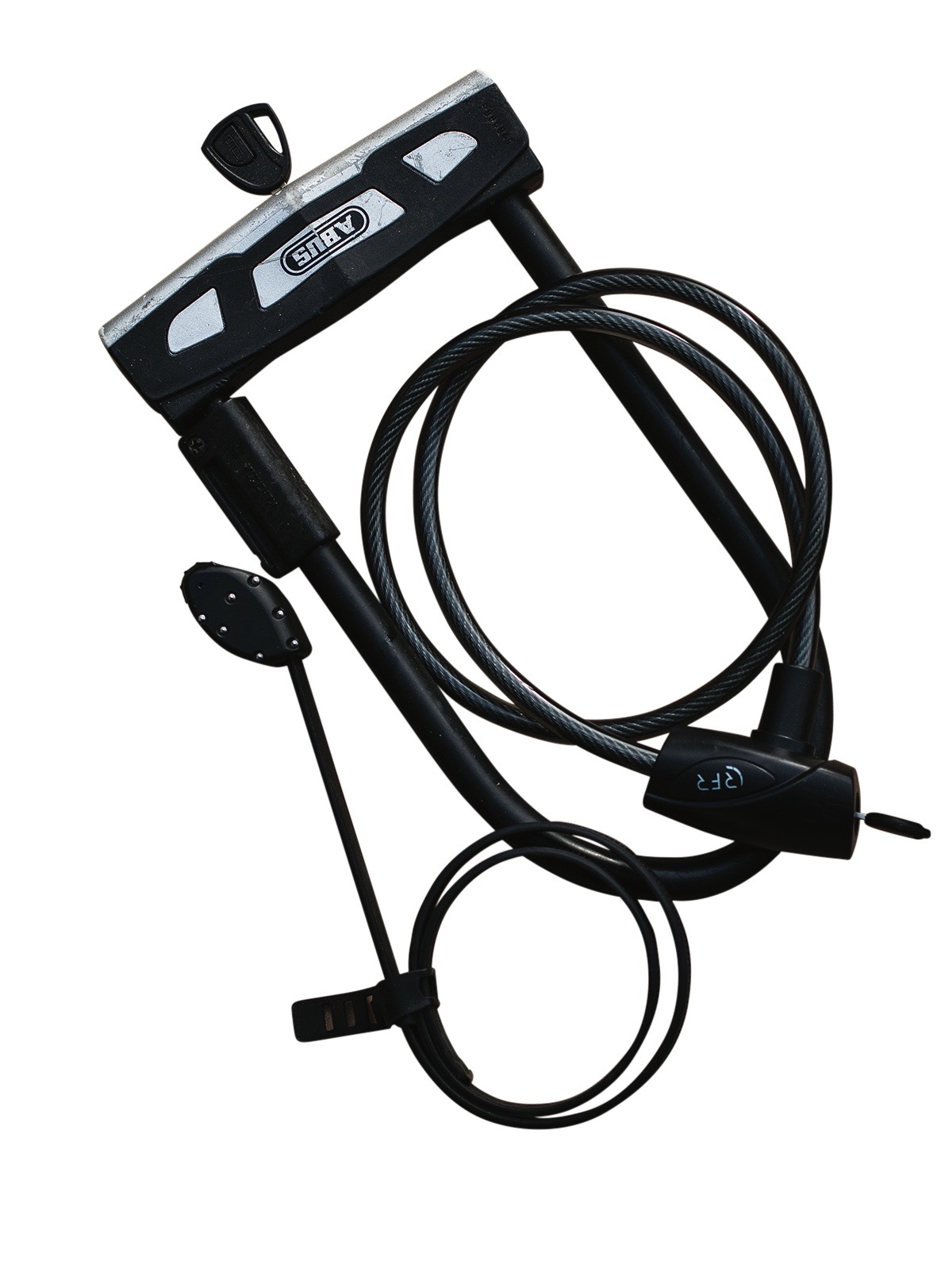
Carbon fibre and electronic failures also often make a list of things that won’t be covered or will require additional excesses. Knott says carbon is a red flag for insurers because it’s considerably more fragile than alloy, while insurers are hesitant regarding electronic drivetrains and eMTB motors and batteries as something more prone to fail.
Things you’ll need if you’re going to make a claim
If the time does come to make a claim, the insurance company is going to request a range of documents to assess whether or not you’re covered. To speed up the process and limit frustration on both sides, it’s best to come in well-prepared.
“You always need proof of ownership, so obviously the best proof of ownership is a receipt, but sometimes people don’t have them, so a photo (of the receipt) is also accepted. We also need a quote for replacement or repair of the bike. If there is damage we also need a report from a bike shop that basically confirms that it’s damaged, and to what extent—is it repairable or does it require a full replacement,” Knott says.
“If it is a theft of a bike, we need a police report (to be) lodged.”
Knott also said it’s a good idea to have a few photos of the bike itself, as well as the serial number—usually found on the underside of the bottom bracket.
Faulkner noted that MTBA doesn’t actually process the claims, that is handled by V-Insurance group, but said they do review the claims to make sure everything is in order so it can be processes smoothly.
“I was really glad to have a plan in place along with insurance. It was worth taking the time to fully understand answers to key questions such as; What would the impact be on my lifestyle if I had an accident and couldn’t work for a period of time? How could I best protect that income? What level of private health cover do I think I should have and could afford should I need it? If my bike got stolen or wrecked in an accident, would it be automatically covered on my contents insurance, and if not how could I insure it? I did all of that, had a serious accident one day and there was a plan in place which my family and I kicked into gear. This took a lot of pressure off us and allowed us to just focus on my recovery.”
Andrew, NSW
Depending on what has happened, MTBA’s insurer is going to want a declaration from the event organiser and any witnesses, and you’ll need your employer and doctor to fill out forms if claims involve loss of income.
Overall insurance can seem overwhelming and the claims process often seems frustrating and emotions can run high, but all of the insurance professionals we spoke to said the most important thing is to know and understand what you’re purchasing before you pull the trigger to ask as many questions as you need to.
Your insurance check list
– Read the whole product disclosure statement (PDS) before you purchase insurance. You have to make sure the cover is suitable for you and your needs, and that responsibility is yours.
– Understand what you want insurance to cover: is it for you and your health while competing? Your bike? Is it for public liability?
– Always record the serial number and receipt for your bike. It’s easy to just take some photos on your phone, and save a back up. Remember to update it if you get a new ride.
– Has your bike changed? Don’t forget to update your home and contents insurance if that’s how you have insured your bike.
– Keep records. If you do file a claim, keep a copy of anything you submit, and record who you spoke to and when for any phone calls. You might need to be very persistant.



